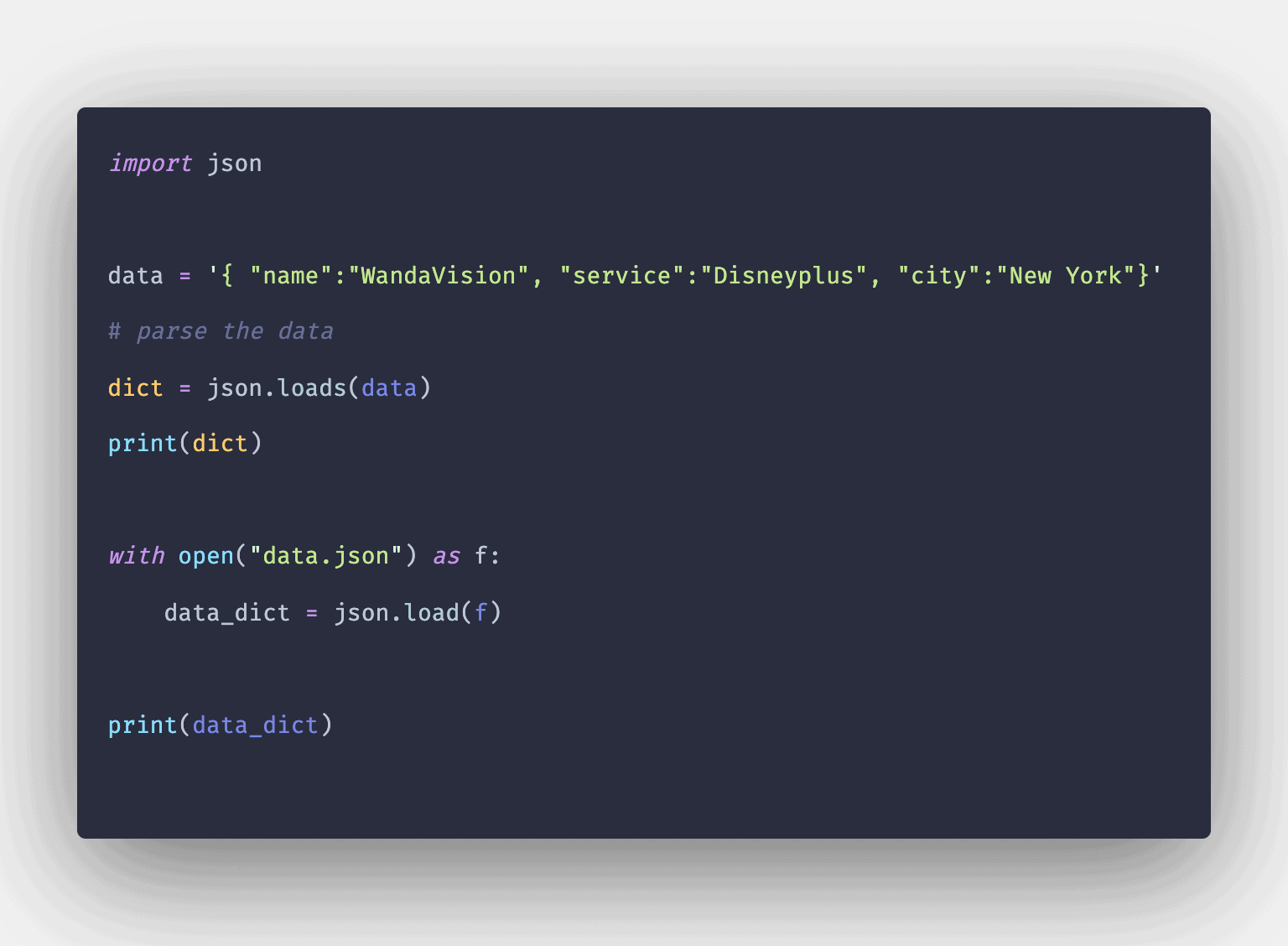

Invoking or Removing a Policy Label or Virtual Server Policy BankĬonfiguring and Binding Policies with the Policy ManagerĬonfiguring Advanced Policy Expression: Getting Startedīasic Elements of an Advanced Policy Expression Rules for Names in Identifiers Used in Policies Use Case for Limiting the Number of SessionsĬonverting Policy Expressions Using NSPEPI ToolĬonfiguring Advanced Policy Infrastructure How String Matching works with Pattern Sets and Data Sets Use Case: Access Control and Authentication Use Case: ESI Support for Fetching and Updating Content Dynamically Use Case: Filtering Clients by Using an IP Blacklist Notes on the Format of HTTP Requests and Responses View AppExpert applications and configure entities by using application visualizerĬonfigure application authentication, authorization, and auditing Specify the order of evaluation of application unitsĬonfigure persistency groups for application units So we will set up the data object and use a block for the individual response.How to limit bandwidth consumption for user or client deviceĬonfigure services and service groups for an application unitĬonfigure public endpoints for an application Our API response should contain a data object on success and an error object on error. They are usually full of HTML where we lodge in different blocks, but our JSON base will be much simpler. - The response output for a list of playersīase templates are top-level templates that are the starting point for all pages in Hugo.- The response output for a single player.In Hugo we call this a Content View, but for our API I see it more like a transformer. - The single item object, which will be reused in all of our templates, every time we need to output a player.- A base template for our API response.To achieve this, we’ll create the following templates in /layouts/_default/:


A single item view for each player’s details.A list view for our players section and home page.We will need to create templates to support the following views:

Each of them will use a consistent « player » object. We will use custom templates to build the API responses for our first 3 endpoints. List of players and teams for the specified sport Later on, we will add teams and a sports taxonomy, adding three new endpoints. We’ll start with three endpoints where we’ll focus on returning listed data and individual player data: Endpoint Our sample project will provide data for sports teams and players of a fictional High School. Since our static site can’t run any backend code, it can’t do anything meaningful with a PUT, POST, or DELETE request: we will only respond to GET. These verbs include GET, PUT, POST, and DELETE, and correspond to different actions that should be performed on the requested resource. One of the primary ways an API can be RESTful is by using HTTP verbs to denote the intent of the request. A RESTful API is a slightly relaxed interpretation of the REST paradigm for API design: its goal is to use the built-in semantics of the HTTP standard to define the interface.


 0 kommentar(er)
0 kommentar(er)
